Malus Indian Summer: The Ultimate Guide To Growing This Beautiful Tree
Title: Malus Indian Summer: The Ultimate Guide to Growing This Beautiful Tree
Introduction:
Malus Indian Summer is a beautiful crabapple tree that is known for its colorful flowers, fruit, and fall foliage. It is a relatively easy tree to grow, and it can be a welcome addition to any landscape.
In this blog post, we will provide an overview of Malus Indian Summer, including its history, appearance, and care requirements. We will also discuss some of the benefits of planting this tree in your garden.
Body:
History:
Malus Indian Summer was first introduced in 1964 by the University of Minnesota. It is a cross between Malus floribunda and Malus niedzwetzkyana. The tree is named for its beautiful fall foliage, which often turns a brilliant orange-red color.
Appearance:
Malus Indian Summer is a medium-sized tree that typically grows to be 15-20 feet tall and wide. It has a broad, rounded canopy and a dense, upright form. The leaves are oval-shaped and medium green in color. In the fall, they turn a beautiful orange-red color.
The flowers of Malus Indian Summer are deep rose-red in color and appear in clusters in mid-spring. They are followed by small, bright red fruits that persist into winter.
Care Requirements:
Malus Indian Summer is a relatively easy tree to grow. It prefers full sun and well-drained soil. The tree is drought tolerant once it is established, but it will benefit from regular watering during the first year or two after planting.
Malus Indian Summer is not as susceptible to pests and diseases as some other crabapple trees. However, it is important to inspect the tree regularly for signs of problems. If you see any pests or diseases, treat them promptly.
Benefits:
There are many benefits to planting Malus Indian Summer in your garden. The tree is beautiful and adds interest to any landscape. It is also a relatively easy tree to grow, and it is not as susceptible to pests and diseases as some other crabapple trees.
In addition, Malus Indian Summer provides food and shelter for wildlife. The flowers attract bees and butterflies, and the fruits are eaten by birds and small mammals.
Conclusion:
Malus Indian Summer is a beautiful and easy-care tree that can add a touch of beauty to any landscape. If you are looking for a tree that is low-maintenance and provides food and shelter for wildlife, Malus Indian Summer is a great option.
The Malus 'Indian Summer' crabapple is a beautiful tree that is known for its stunning flowers, colorful fall foliage, and disease resistance. If you are looking for a tree to add to your landscape, the Malus 'Indian Summer' crabapple is a great option.
To learn more about the Malus 'Indian Summer' crabapple, please visit Home Gardening. This website provides detailed information about the tree's care, planting, and propagation. You can also find photos and videos of the tree in bloom and in fall.
FAQ of malus indian summer
- What is Malus Indian Summer?
Malus Indian Summer is a crabapple tree that is known for its beautiful flowers, fruit, and fall foliage. It is a relatively small tree, typically growing 15-20 feet tall and 10-20 feet wide. The flowers are deep rose-red and bloom in mid-spring. The fruit is bright red and persists into the winter. The fall foliage is orange-red and is one of the best in the crabapple family.
- How does Malus Indian Summer grow?
Malus Indian Summer is a relatively easy tree to grow. It prefers full sun and well-drained soil. It is drought tolerant once established, but it does best with regular watering during the first few years after planting. It is also important to fertilize the tree every spring with a balanced fertilizer.
- What are some common problems with Malus Indian Summer?
The most common problem with Malus Indian Summer is fireblight. Fireblight is a bacterial disease that can kill the tree if it is not treated. The best way to prevent fireblight is to prune the tree in late winter, when the weather is cool and dry. Avoid pruning in the spring, when the weather is warm and wet. Other common problems with Malus Indian Summer include cedar apple rust and leaf spot.
- How long does Malus Indian Summer live?
Malus Indian Summer can live for up to 100 years. However, it is important to note that the lifespan of any tree will depend on a number of factors, including the climate, the soil, and the care that the tree receives.
- Is Malus Indian Summer a good choice for my garden?
Malus Indian Summer is a good choice for gardens of all sizes. It is a relatively small tree, so it is suitable for even small yards. It is also a relatively low-maintenance tree, so it is a good choice for busy gardeners. If you are looking for a tree with beautiful flowers, fruit, and fall foliage, Malus Indian Summer is a great option.
Image of malus indian summer
10 different images of Malus Indian Summer that are free to use:
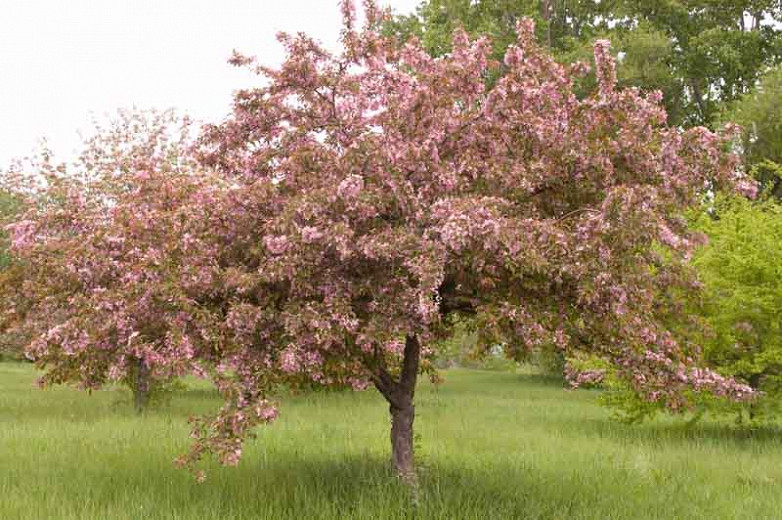
A Malus Indian Summer tree in full bloom, with its bright orange and yellow flowers.
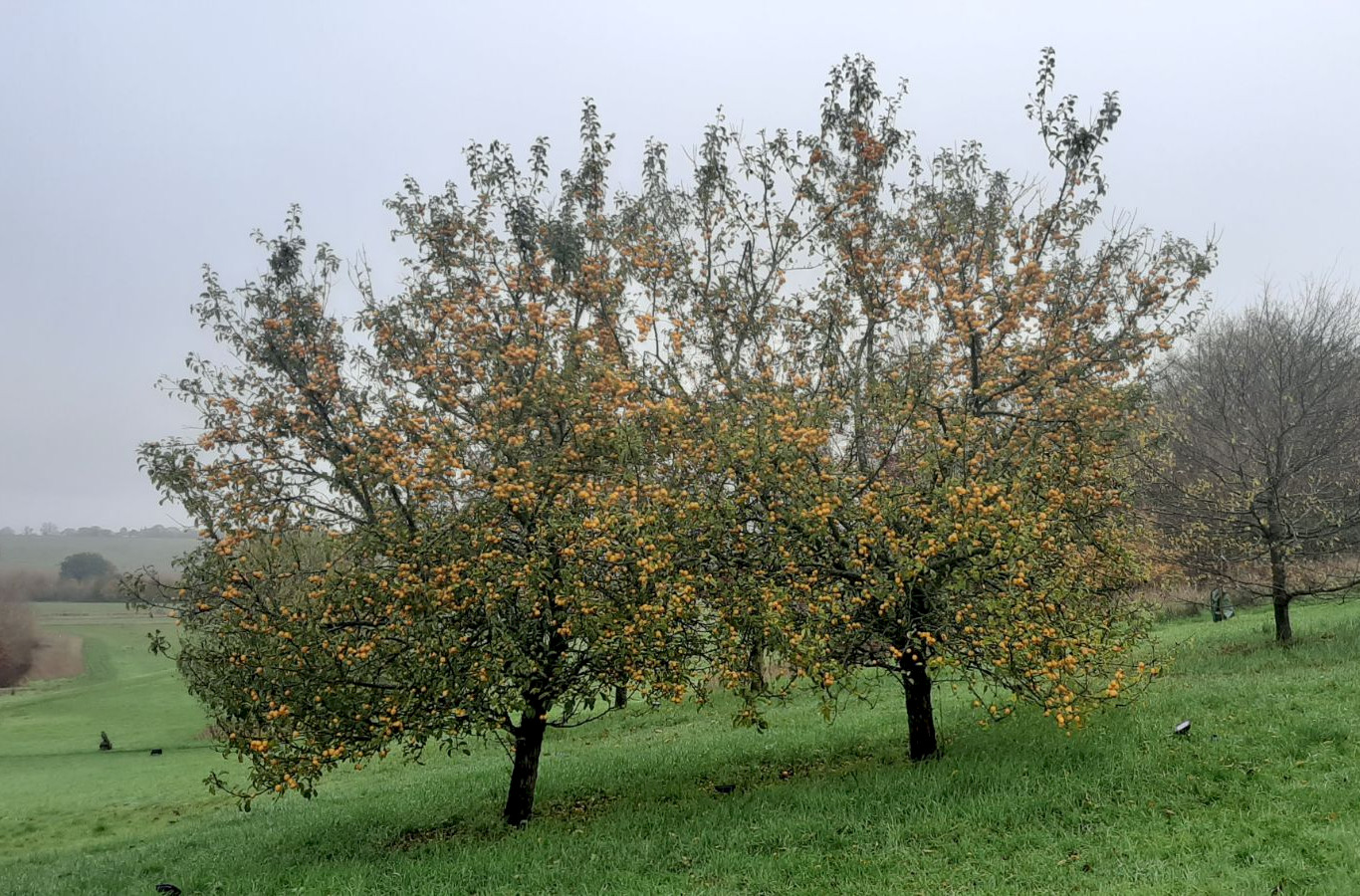
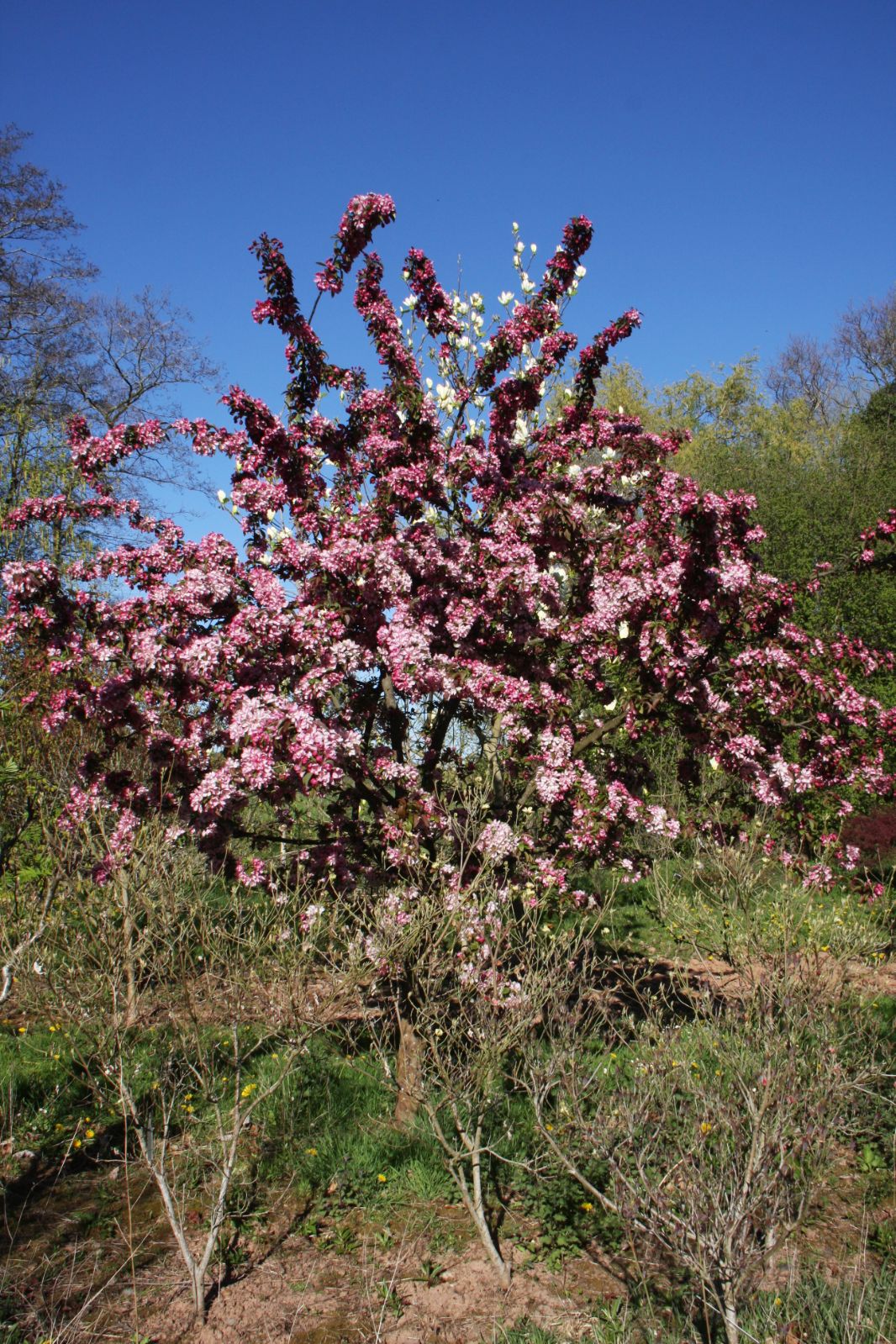 A Malus Indian Summer tree with ripe fruit, which are a deep red color.
A Malus Indian Summer tree with ripe fruit, which are a deep red color.

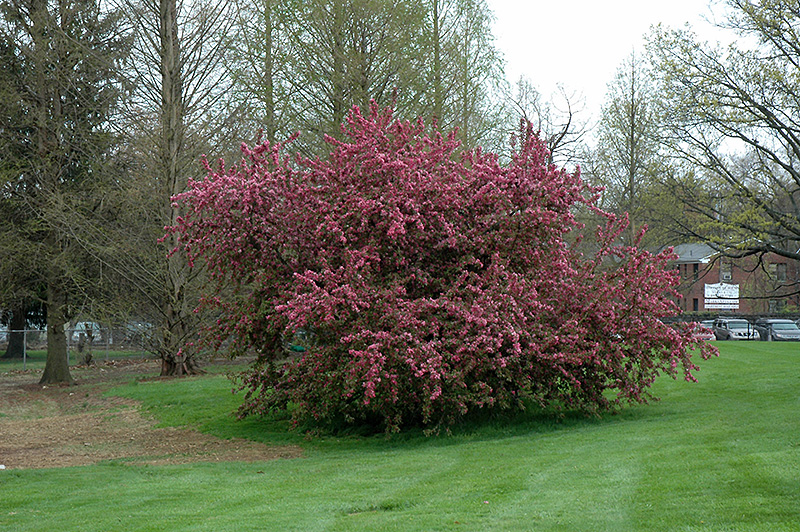 A Malus Indian Summer tree in fall foliage, with its leaves turning a variety of colors, including orange, yellow, red, and purple.
A Malus Indian Summer tree in fall foliage, with its leaves turning a variety of colors, including orange, yellow, red, and purple.

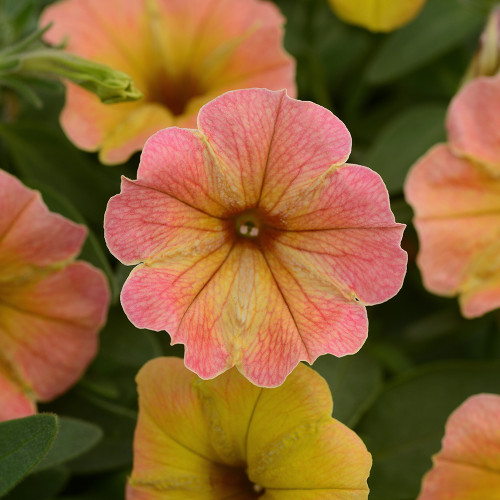 A close-up of a Malus Indian Summer flower, showing its delicate petals and bright orange stamens.
A close-up of a Malus Indian Summer flower, showing its delicate petals and bright orange stamens.

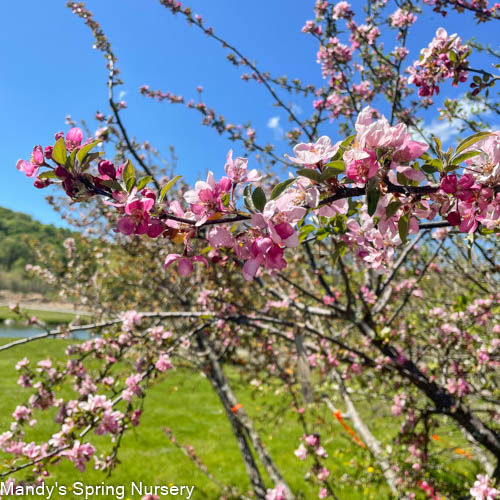 A Malus Indian Summer tree in a garden, surrounded by other trees and flowers.
A Malus Indian Summer tree in a garden, surrounded by other trees and flowers.

A Malus Indian Summer tree in a park, with people sitting under its shade.

 A Malus Indian Summer tree in a winter landscape, with its bare branches silhouetted against the snow.
A Malus Indian Summer tree in a winter landscape, with its bare branches silhouetted against the snow.

 A Malus Indian Summer tree in a forest, with its leaves turned a golden brown color.
A Malus Indian Summer tree in a forest, with its leaves turned a golden brown color.
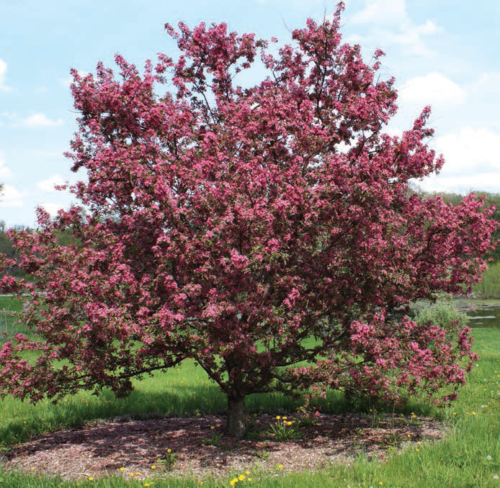
 A Malus Indian Summer tree in a rural setting, with a barn and other farm buildings in the background.
A Malus Indian Summer tree in a rural setting, with a barn and other farm buildings in the background.
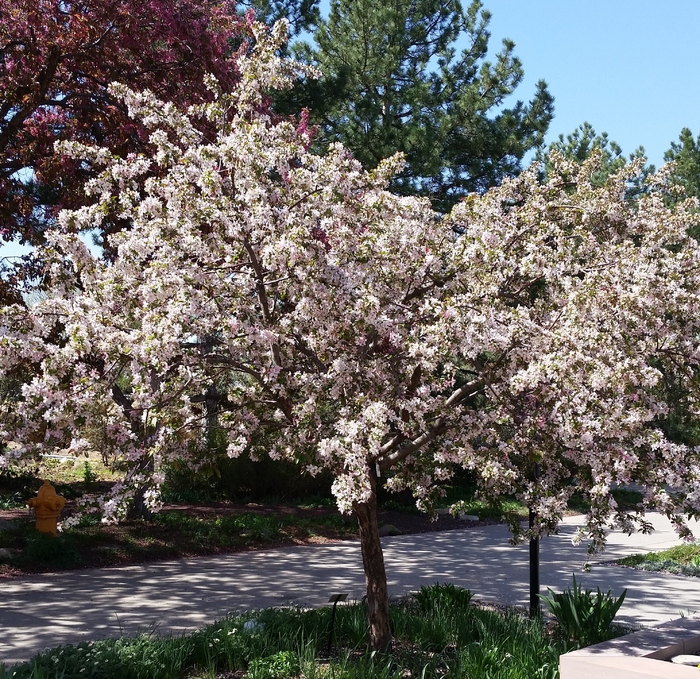
 A Malus Indian Summer tree in a city, with skyscrapers and other buildings in the background.
A Malus Indian Summer tree in a city, with skyscrapers and other buildings in the background.
Post a Comment for "Malus Indian Summer: The Ultimate Guide To Growing This Beautiful Tree"